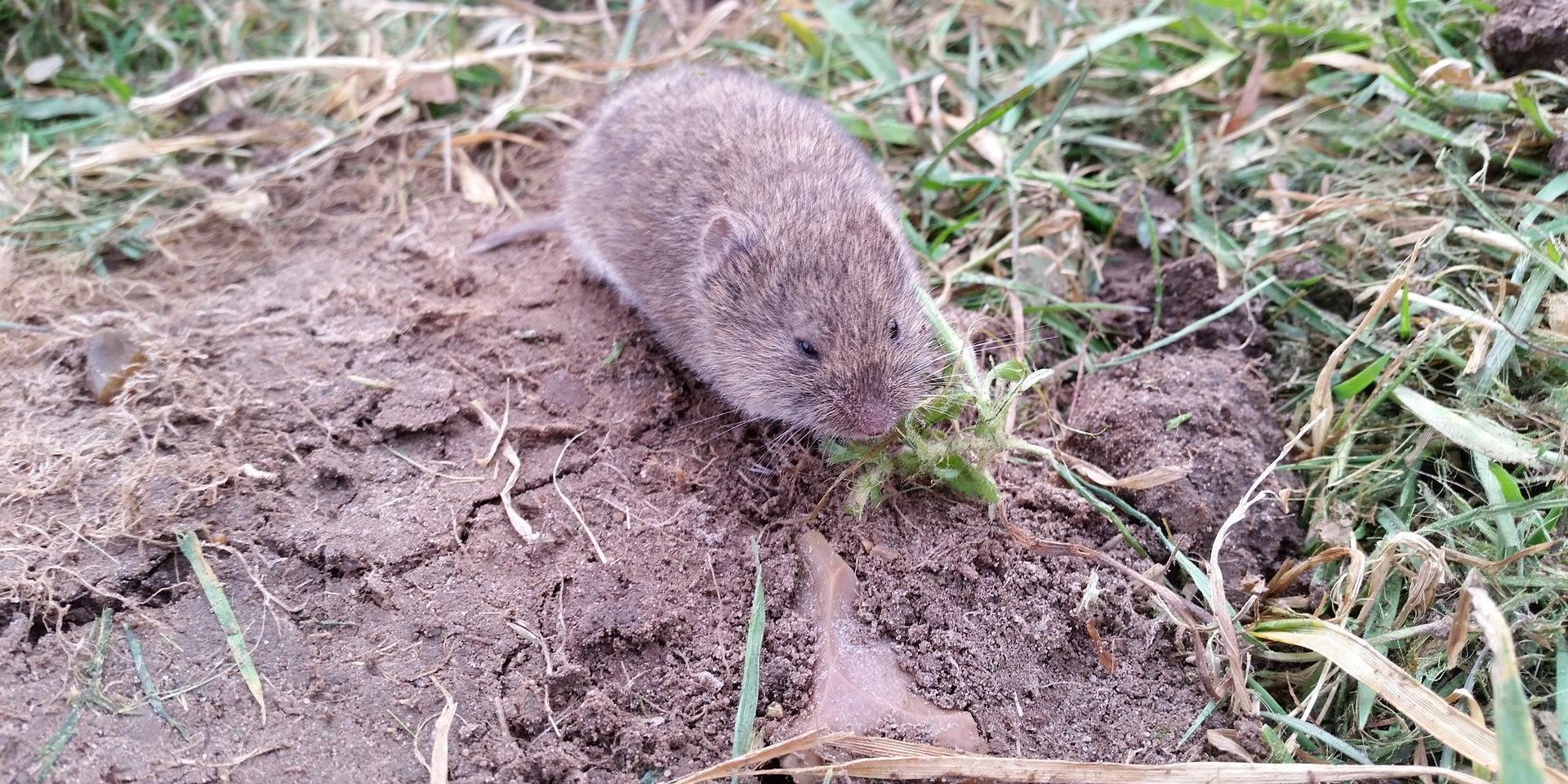Releasing the Power of Vole Parasite Control: Advanced Techniques for Problem Eradication and Therapy
As the determination of vole problems continues to test residential property owners and agricultural professionals alike, the quest for more efficient and effective insect control methods magnifies. By checking out sophisticated trapping strategies, critical exclusion approaches, environmentally friendly repellents, and integrated bug monitoring remedies, a promising perspective emerges in the fight versus vole invasions.
Vole Insect Recognition and Assessment
Voles, tiny rats that resemble mice but have shorter tails, are commonly determined pests in lawns and yards, calling for comprehensive assessment to determine the extent of their infestation. Recognizing voles involves identifying their unique attributes, such as their stocky bodies, brief legs, and tiny eyes. They are commonly around 3 to 9 inches long and can vary in shade from grey to brownish.
Analyzing vole infestations is essential for implementing efficient pest control strategies. Signs of vole visibility include runways in verdant areas, damaged vegetation, and little burrow openings near the surface. By examining these indicators, residential property owners can gauge the intensity of the problem and develop suitable eradication approaches.

Cutting-Edge Trapping Strategies
Effective vole insect control requires staying abreast of the newest innovations in capturing methods to successfully handle infestations in gardens and yards. One cutting-edge technique is the usage of real-time traps that catch voles without causing harm, enabling for their secure removal and launch in a suitable habitat away from residential areas.
Furthermore, some digital traps are geared up with sensors and remote tracking capabilities, enabling property owners to track vole activity and catch standing from a distance, enhancing the overall effectiveness of vole insect control initiatives. By incorporating these advanced trapping methods right into parasite monitoring approaches, house owners can deal with vole invasions with precision and concern.

Strategic Exemption Methods
Applying tactical exemption approaches is necessary in preventing vole infestations and protecting yards and yards from damages created by these parasites. One reliable strategy is the installment of equipment fabric obstacles. These barriers should be hidden a minimum of 12 inches deep and surge 6 inches above the ground to stop voles from delving below or climbing over them. Additionally, pruning bushes and trees to keep a clear space between the plants and the ground can help in reducing vole sanctuary and concealing spots.
Another crucial exemption approach is see here now the use of crushed rock her explanation or rock compost rather than organic compost. Voles are much less likely to passage via rocky terrain, making this a much less appealing atmosphere for them. Consistently examining the border of the yard or backyard for voids in foundations, walls, or fences is vital. These access factors must be sealed with materials like concrete or steel blinking to stop vole gain access to.
Eco-Friendly Repellents and Deterrents
Using eco-friendly repellents and deterrents is a lasting method to taking care of vole populaces and decreasing damage to gardens and yards. Environment-friendly choices are getting popularity as a result of their efficiency in repelling voles without triggering damage to the setting, animals, or beneficial wildlife. One typical environmentally friendly approach is using natural vole repellents such as castor killer, oil, or garlic urine, which develop unpleasant aromas for voles, driving them away from treated locations.
An additional environmentally friendly deterrent is using physical obstacles like cable mesh or hardware towel to secure prone plants and light bulbs from vole damages. These barriers act as a safety net versus vole breach while allowing for appropriate oygenation and drainage in the soil.
In addition, introducing vole killers like owls or setting up nest boxes can help naturally control vole populations in a garden or lawn. By urging all-natural predators, a well balanced community can be kept without the need for damaging chemicals or traps. Overall, integrating green repellents and deterrents in vole insect control approaches advertises lasting and environmentally aware techniques.
Integrated Pest Administration Solutions
An all natural technique to taking care of vole populations and mitigating damages in lawns and gardens involves the detailed approach of Integrated Bug Management Solutions. Integrated Pest Management (IPM) combines numerous methods to attend to vole invasions efficiently while reducing environmental effect. This technique integrates organic, cultural, physical, and chemical control techniques to attain long-term parasite control.
One trick aspect of IPM is the focus on avoidance. By applying procedures such as environment adjustment, exemption techniques, and preserving proper garden hygiene, house owners can create settings less for vole habitation. In addition, organic controls, special info such as introducing natural killers or using vole-resistant plant selections, can help take care of vole populations without turning to chemical treatments.
This reduces the total chemical load on the ecological community while effectively taking care of vole populaces. By adopting Integrated Parasite Administration Solutions, home owners can accomplish lasting vole bug control while advertising ecological community health and wellness in their backyards and yards.
Verdict
In conclusion, the sophisticated techniques for vole insect control reviewed in this short article give reliable options for problem removal and therapy. These methods use a detailed method to vole bug control for lasting success.
As the determination of vole infestations continues to challenge home owners and farming specialists alike, the mission for extra reliable and efficient bug control techniques escalates. Additionally, some digital catches are geared up with sensors and remote monitoring capacities, allowing house owners to track vole task and trap condition from a distance, improving the general effectiveness of vole bug control efforts. One usual environmentally friendly approach is making use of all-natural vole repellents such as castor killer, oil, or garlic pee, which create unpleasant scents for voles, driving them away from treated locations.
Furthermore, presenting vole killers like owls or setting up nest boxes can aid naturally control vole populations in a yard or yard. By taking on Integrated Insect Monitoring Solutions, house owners can accomplish sustainable vole bug control while advertising community wellness in their yards and gardens.